There are tasks that read from a file, do some processing and write to a file. These tasks are to be scheduled based on the dependency. Also tasks can be run in parallel, so the algorithm needs to be optimized to run dependent tasks in serial and as much as possible in parallel.
eg:
- A -> B
- A -> C
- B -> D
- E -> F
So one way to run this would be run 1, 2 & 4 in parallel. Followed by 3.
Another way could be run 1 and then run 2, 3 & 4 in parallel.
Another could be run 1 and 3 in serial, 2 and 4 in parallel.
Any ideas?
